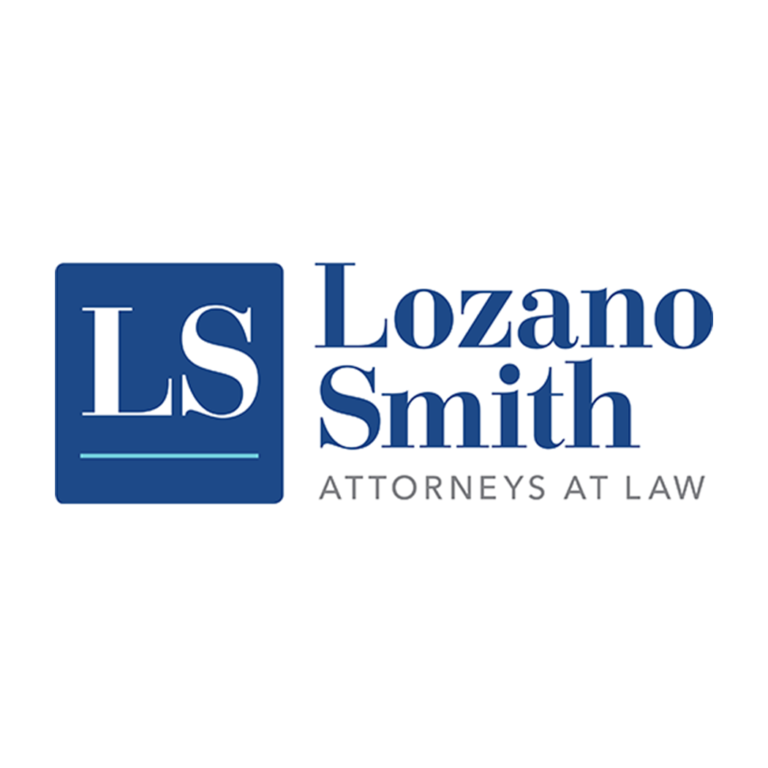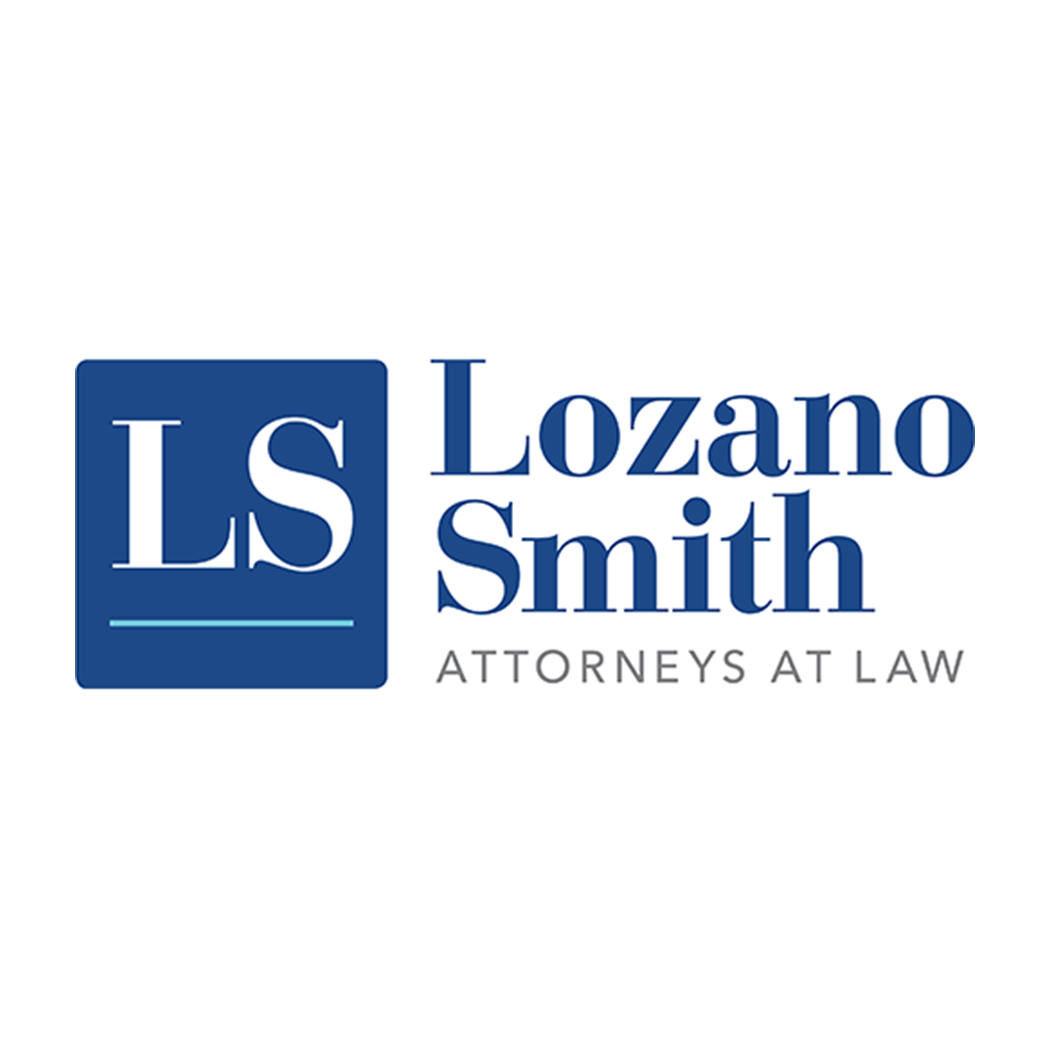This resource is provided by ACSA Partner4Purpose Lozano Smith.
As part of Assembly Bill (AB) 130, a sweeping budget trailer bill signed by Governor Gavin Newsom on June 30, 2025, two exemptions were removed from the Surplus Land Act that school districts had frequently relied on when disposing of their property. Removal of these exemptions may add requirements to the already complicated process school districts must follow prior to selling or leasing surplus property, such as vacant land or closed school sites.
Surplus Land Act Overview
Local agencies must follow California’s Surplus Land Act (SLA) prior to selling real property or leasing it for longer than 15 years. The requirements of the SLA became expressly applicable to school districts commencing in 2020.
As a first step under the SLA, the local agency must determine whether their property is “exempt surplus land” or “surplus land.” The SLA includes a long list of specific exemptions. If one or more of those exemptions apply, the local agency typically adopts a resolution that declares the property to be exempt surplus land and identifies the applicable exemption(s). That resolution is submitted to the Department of Housing and Community Development (HCD). Once HCD approves the exemption, the SLA process is complete. Only properties located in the coastal zone, adjacent to a historical unit of the State Parks System, listed on or eligible for the National Register of Historic Places, or within the Lake Tahoe region, require further compliance with certain SLA requirements.
If the property is “surplus land” (meaning it is not exempt from the SLA), then before disposing of the property, the local agency must provide a notice of availability to various entities, such as affordable housing sponsors, parks and recreation agencies, and school districts. This opens an exclusive negotiation period with these entities, with priority given to housing sponsors. The SLA does not require a sale at less than fair market value, nor does it prohibit a sale at below market value. If the negotiations with interested entities are not successful, an affordability deed restriction must be placed on the property as part of any eventual sale. The deed restriction must require that if 10 or more residential units are developed, then at least 15% of the units must be sold or rented as affordable housing. Again, these requirements would generally not apply to land that is found to be “exempt surplus land.”
AB 130’s Impact on School Districts
When disposing of surplus property, school districts are governed by extensive requirements under the Education Code, separate and distinct from the SLA, which is located in the Government Code. The SLA requirements do not fit neatly into these overlapping Education Code requirements, which can result in rather convoluted interpretations as school districts attempt to reconcile the competing processes.
To streamline efforts, school districts often rely on one or more exemptions to the SLA to declare property “exempt surplus land.” However, effective June 30, 2025, AB 130 removed two exemptions commonly used by school districts.
One SLA exemption previously applied to properties that had undergone a district advisory committee process specified in Education Code sections 17387 through 17391, commonly known as the “7-11 committee” process. The 7-11 committee process is designed to provide a school board with community input on the disposition of excess school facilities. Its name derives from the committee’s composition of no less than seven and no more than eleven representative community members. Another SLA exemption applied to property exchanges between school districts and other persons or entities governed by Education Code section 17536. Both of these express exemptions were eliminated by AB 130.
AB 130 did leave in place certain other exemptions available to school districts. An exemption for joint occupancy remained intact. Exemptions are still available for inter-agency transfers needed for the receiving agency’s use, as well as property exchanges where the exchanged property is necessary for the agency’s use. Additionally, there is a general exemption for property used for the agency’s use, which includes agency work or operations. Where a local agency is a district, such as a school district, “agency’s use” may include investment or generation of revenue if the governing body declares that such use will directly further the purpose of the agency’s work or operations. Since school district use of proceeds from sales and leases all have to go back into the district’s facilities and/or operations, this exemption appears to be broadly available. School districts will need to be certain that they make the additional declaration about the planned use of funds as part of their resolutions declaring the property as “exempt surplus” in order to comply with this exemption.
AB 130 did not remove any exemptions previously applicable to community college districts.
Takeaways
By removing the 7-11 committee and property exchange exemptions from the SLA, the Legislature has removed two of the more common exemptions that were previously used by school districts. School districts that previously relied on the deleted exemptions will need to be careful to follow the new requirements for resolutions declaring property as exempt surplus when dealing with future surplus properties.
If you have any questions about AB 130, the Surplus Land Act, or surplus property generally, please contact an attorney at one of Lozano Smith’s eight offices located statewide.


































